One striking feature of Peyre Blanque archaeological site is the protective structures (A.K.A 'super-structures') we set up above the excavations to protect both the units and the crew.
In 2014, 150 sq m were covered, but it has not always been like this...
Back in 2009, we had a very primitive installation.
Using wood beams, trees and ropes, tarps were simply and loosely laid over the units.
Mainly it would protect us from the fiery summer sun of southern France.
After the first storm, though, we all agreed that protective structures ought to be better.
The following year, 2010, the regional services of archaeology (SRA) helped us with a material loan and their expertise to set up a proper structure.
It was assembled with scaffolding tubes (i.e. thick pipes) and transparent heavy armed-tarps. That was it, we covered 36 sq m!
After a very violent storm, though, we realized that simple flat roofs were not the best option to drain the amount of water that such summer storms can release.
We needed a double-sloped roof.
A real architectural challenge but we had in-house expertise.
Patrice had worked in central America. Over there, when the rainy season kicks in, shed-loads of rain-water can transform any excavation into a swimming pool within minutes.
So, in 2011 we built THE ultimate structure above the central sector.
It had double-sloped roofs, the two long-sides were closed. An area of 55 sq m was covered.
Nothing could happen!
Well, actually, 2011 was THE ultimate unusual wet season.
Three weeks of non-stop rain, turned the place into a muddy battlefield more akin to WW1 trenches than to an archaeological site.
Drainage became an issue. Water was coming from underneath. We had kept our heads dry but our feet were sorely wet.
To make matters worse, the surface the structure over the western sector was covering was not large enough (16 sq m) so very quickly units were flooded and everything was soaking wet.
The experience was traumatic: we were wet and freezing. This could not happen again. Never ever.
During the long winter months, an idea made its way into Patrice's mind.
In the spring of 2012, Seb's heart probably briefly stopped when his eyes first gazed over the drawings of the ambitious project his friends had sent.
Both central and western sectors would be covered by the same structure: 77 sq meters for the central sector and 46 sq meters for the western sector. That was 123 sq meter in a single structure.
To be honest, I don't think Seb was really comfortable with the architectural challenge and to be fair, as super-structures made with scaffolding tubes go, this was the most ambitious project he'd ever heard of in his 30yr long career in archaeology.
As we started our construction work on a sunny Monday morning at the end of June 2012, Seb was visibly distressed by the extent of project.
But there something about great friendships: you always know what your friends are capable of. So the pharaonic construction was carried on and was finished after 2 days of labor.
By Wednesday, Seb was like the "king in the castle"!
Think that 123 sq meters was grand?
In 2013, we covered 184 sq meters. Seventy-six square meters for the central sector to which was attached the structure of the western sector covering 46 sq meters.
Then we had to protect the newly discovered stone-structure in the eastern sector. So we built another protective structure covering 62 sq meters.
The grand total was 184 sq meters! Versailles-on-Ariege.
The following field-season, the priority was set on the eastern sector and the stone-structure and a bigger protective structure had to be built.
This time it covered 90 sq meters. But this meant that the central sector had to be put on stand-by and no work was carried there in 2014. So no protective structure there.
On the other hand, the size of the protective structure of the western sector was increased to cover 60 sq meters.
Total for 2014: 150 sq meters.
In 2015, we needed to extend the overhead structure in the eastern sector. Building bigger than (the 90 sq meters shelter) in 2014 without more tubes was a challenge!
After a slow start (we fiddled a little bit to be honest), we ended up building the best and biggest shelter ever. It covered over 100 sq meters (approx. 12m by 8.50m).
Now, let me tell you: 100 sq meters is massive!
The whole excavation -plus a large area around it to allow easy circulation- was covered.
This was the perfect shelter: wide pitched roof to keep us dry and high ceiling (4m at its highest point) to keep us cool (very necessary in 2015 which was the hottest year since 2003 heat wave).
The roof was made of two 8m by 10m tarps (overlapping each other in the center). Blue tarps were added as a protection against the scorching sun.
What amazed us the most is how few tubes we actually used to build this overhead structure.
In the Western Sector, a bigger shelter was also needed. Constrained by the number of tubes left and by the landscape (trees on the northern and eastern sides) we could not expand too much though.
The structure itself was just a couple of sq meters bigger than in 2014 (approx. 8m by 8m) but we set the roof one meter higher on the western side so this peripheral area could be used for circulation (very much like what we did in the Eastern Sector).
Total for 2015: 166 sq meters.
Building these protective structures is a hard tedious job but totally necessary due to the disruptive and unpredictable nature of the weather in the Pyrenees.
Whether it is protection from the sun like this year, or from the rain like in 2011, or from thunder storms like every summer, the time and energy we spend on these shelters are totally worth it.
2015
western sector: 64 sq m
eastern sector: 102 sq m
TOTAL: 166 sq m
2014
western sector: 60 sq m
eastern sector: 90 sq m
TOTAL: 150 sq m
2013
western sector: 46 sq m
central sector: 76 sq m
eastern sector: 62 sq m
TOTAL: 184 sq m
2012
western sector: 46 sq m
central sector: 77 sq m
TOTAL: 123 sq m
2011
western sector: 16 sq m
central sector: 55 sq m
TOTAL: 71 sq m
2010
central sector: 36 sq m
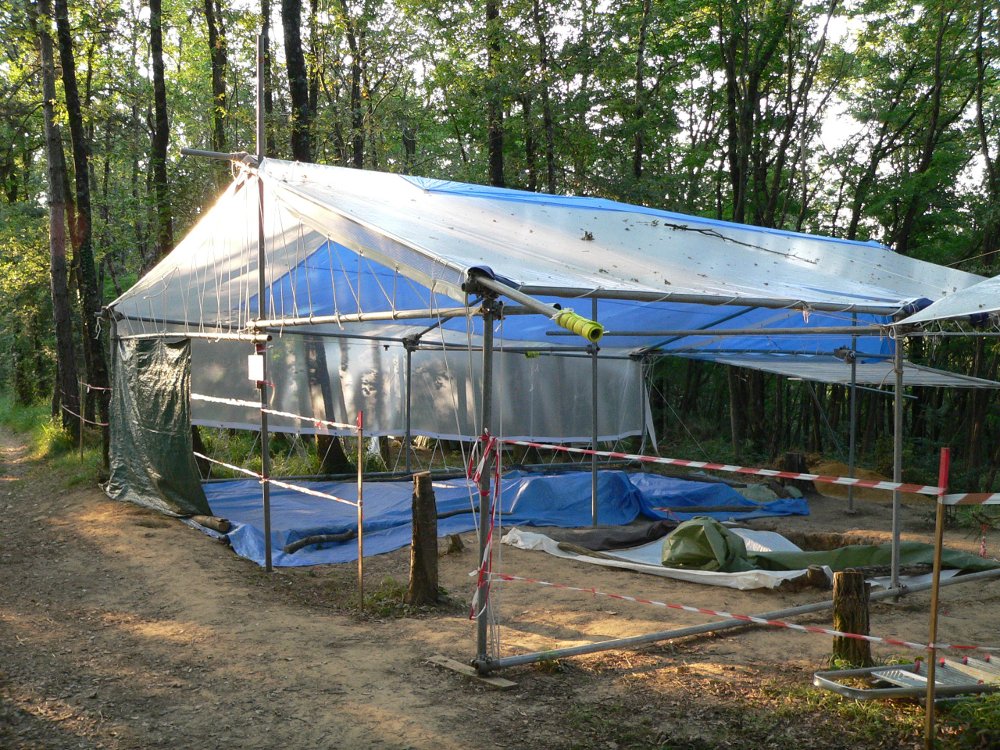
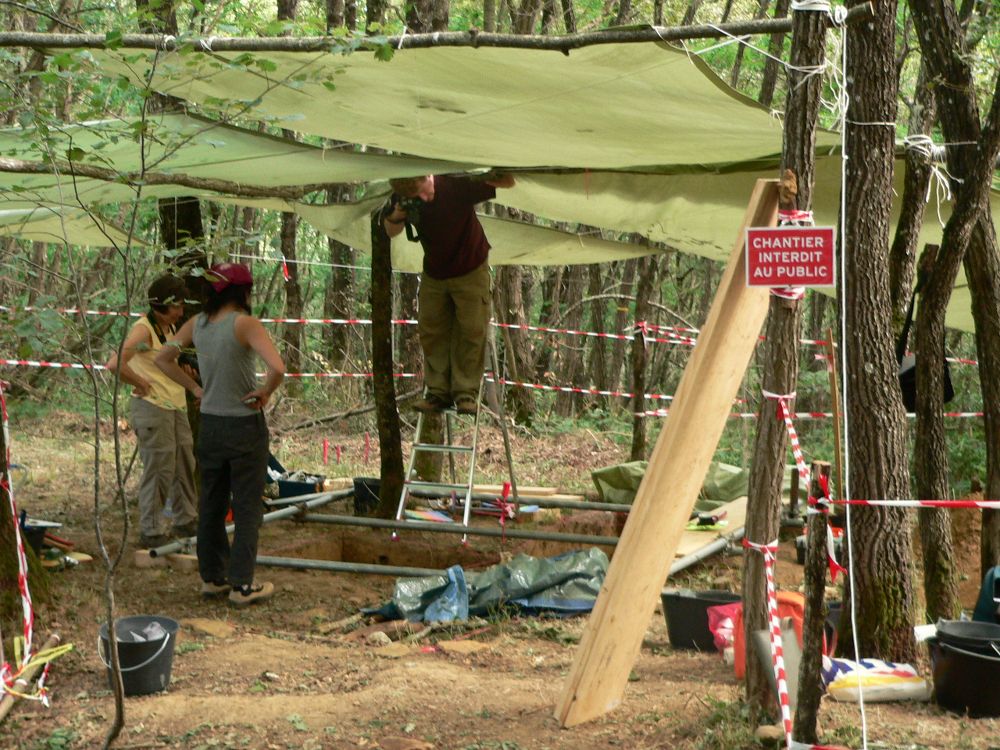
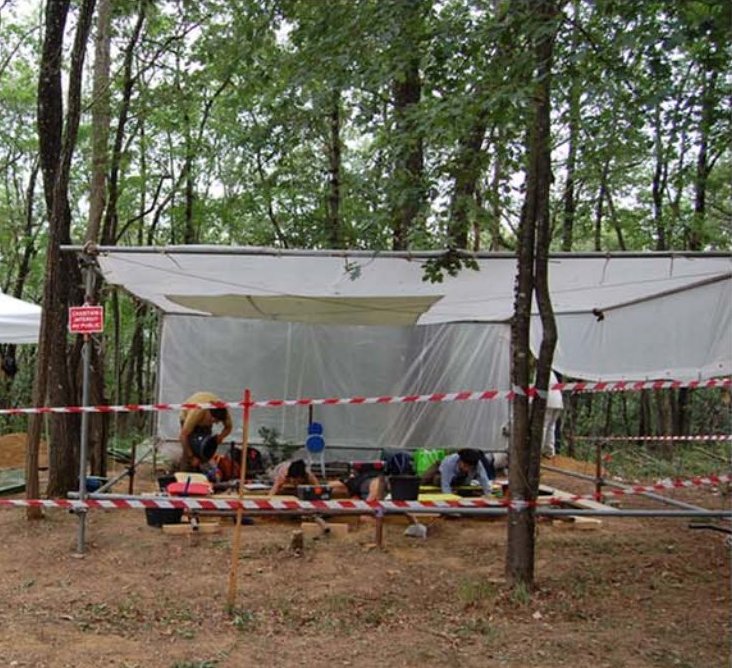
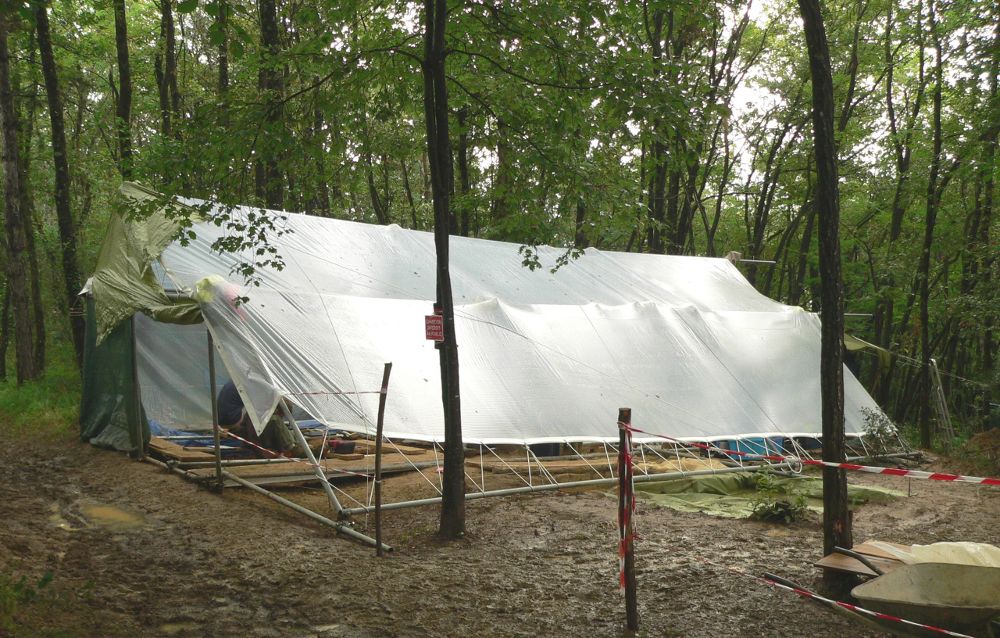


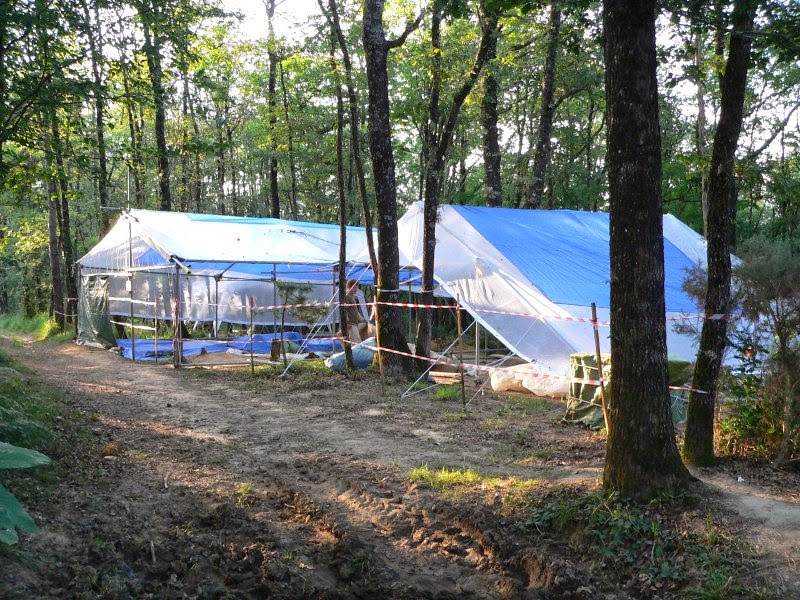

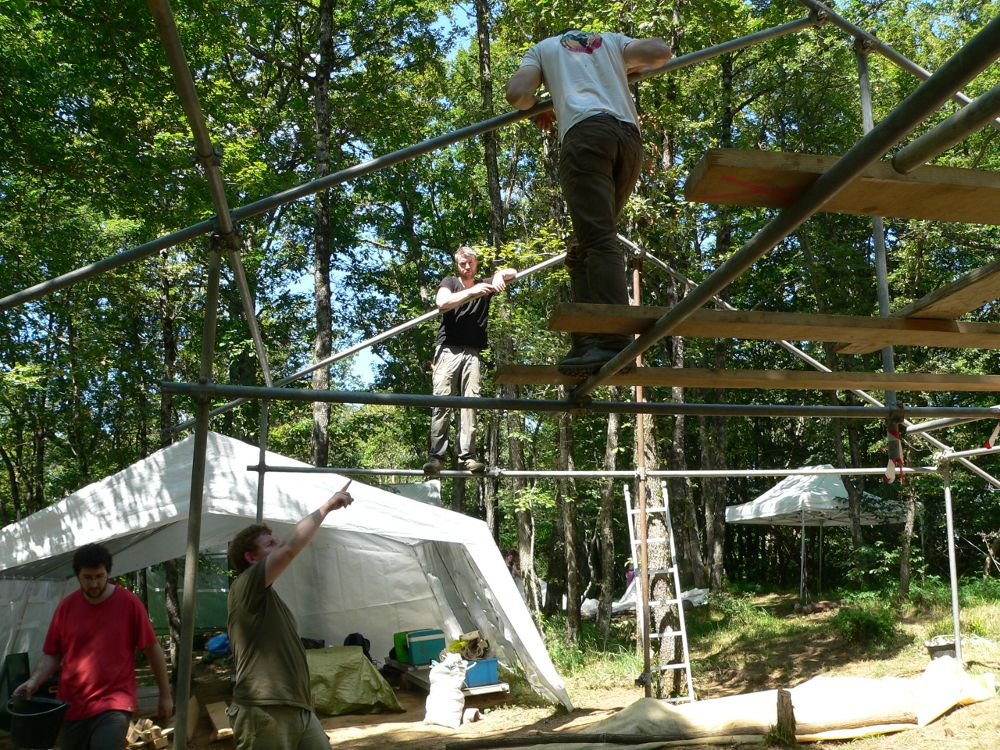
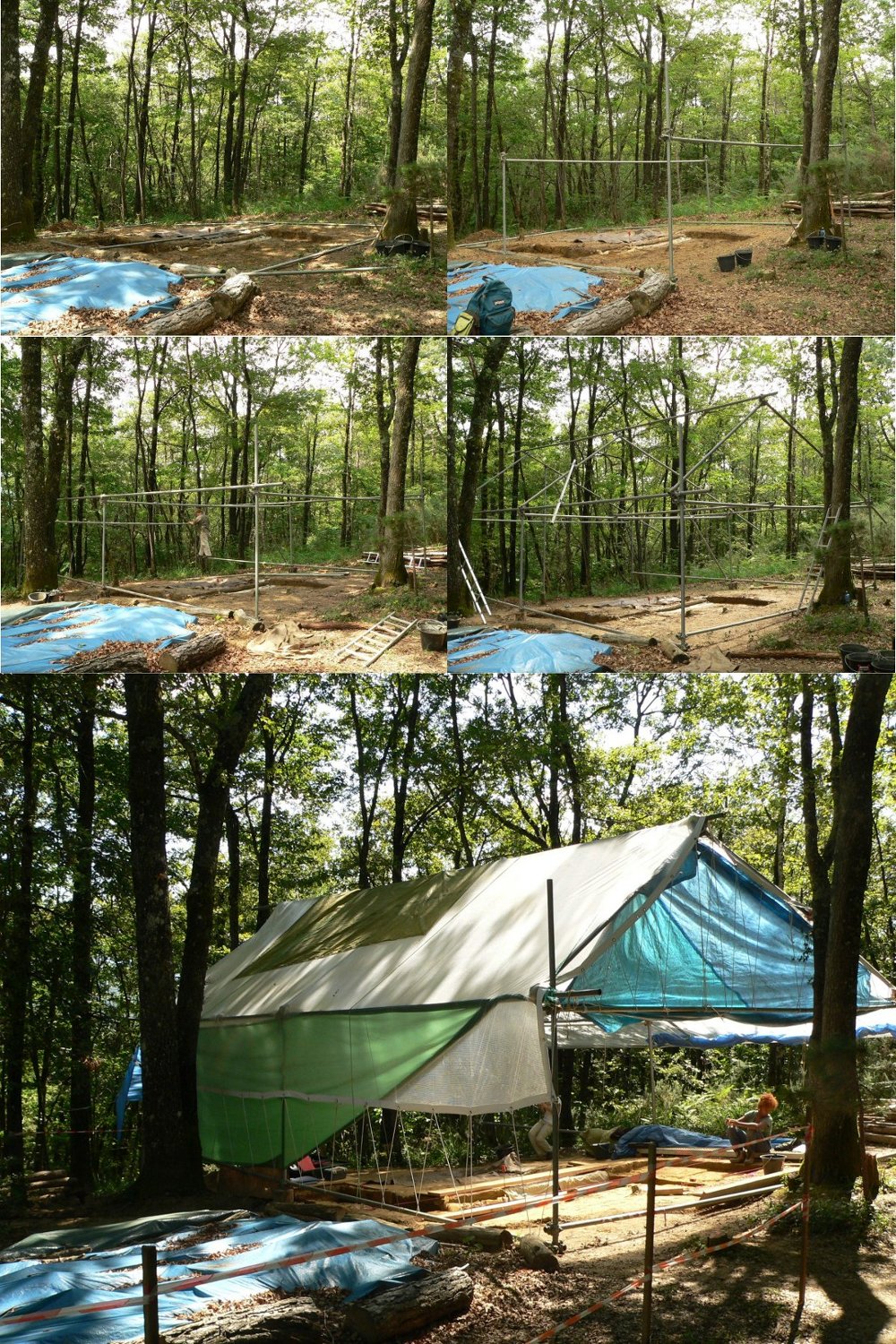

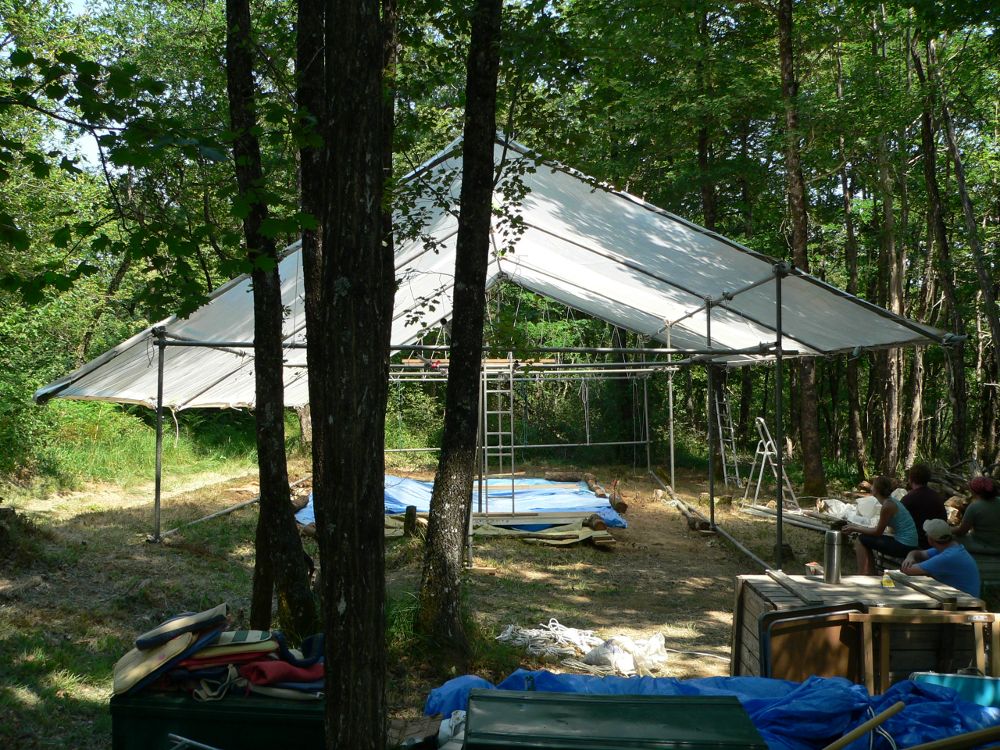
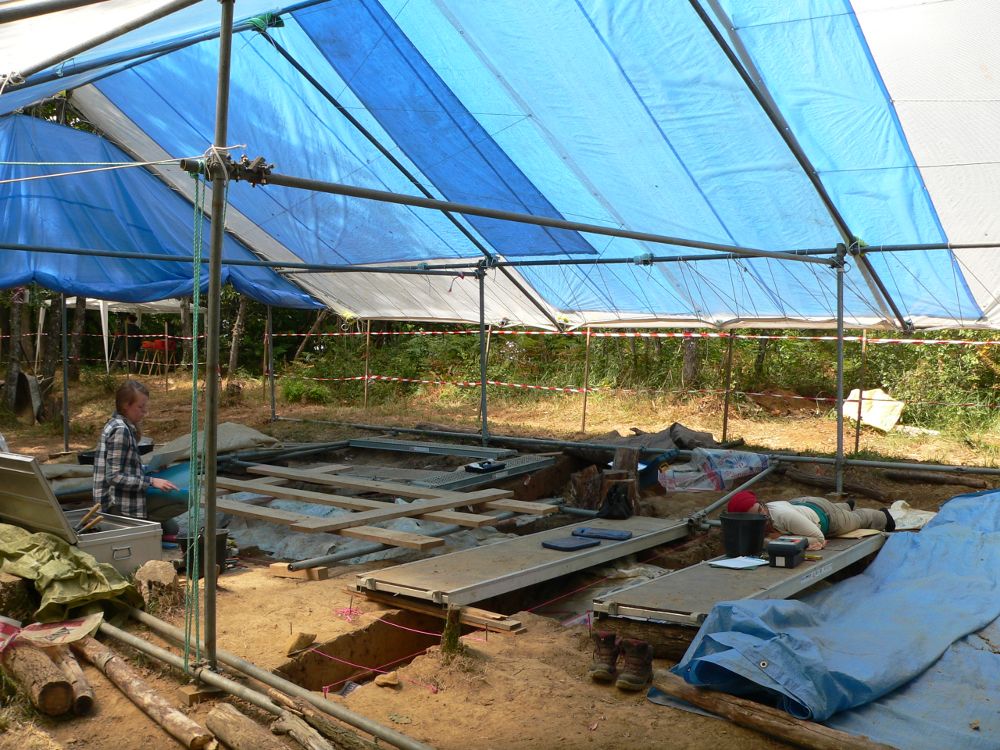



Amazing job!
ReplyDeleteAnd while the reason is simplified, that is actually how they calculate return to player . Those AGS Must Hits basically use a weighted reel to find out} after 카지노사이트 they hit, and it is extraordinarily heavily weighted to the end of the climb. Slot gamers are said to either win or lose; they never "perhaps win" or "perhaps lose," or never "virtually win." Of course, nobody desires to hold a calculator and a notepad to decide if they need to} proceed half in} a title or not. And, a player is not going to need to transfer to another right here and there after a spin.
ReplyDelete